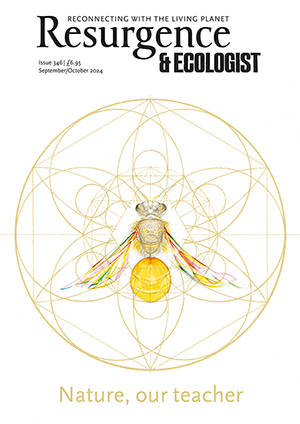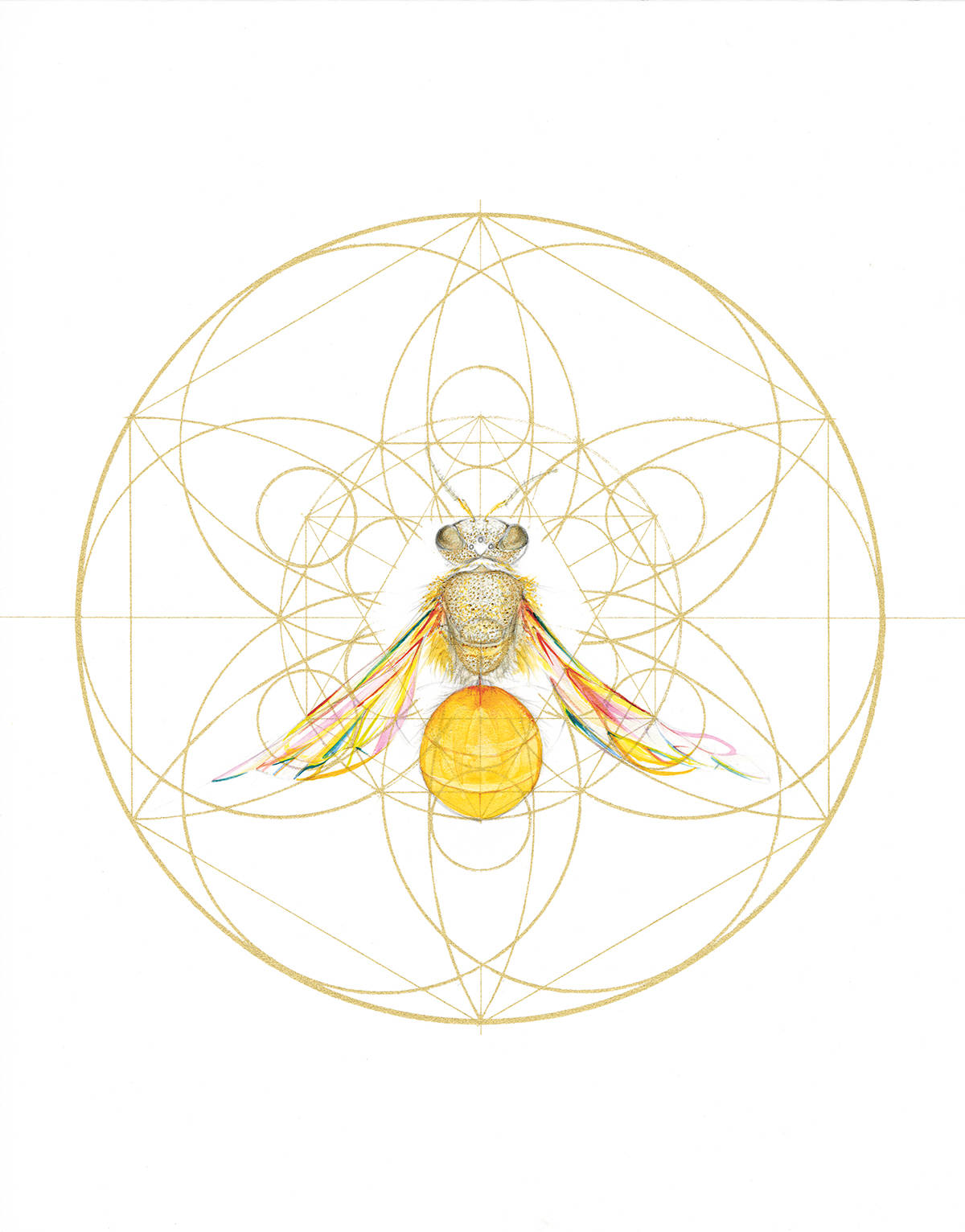Just before the long summer break, researchers at the University of Oxford published some findings that grabbed the headlines on- and offline when they revealed that chimpanzees in the wild seek out medicinal plants for injuries and ailments.
The study team, led by Elodie Freymann, combined observation of 51 chimpanzees from two communities in the Budongo Central Forest Reserve in Uganda (who were used to humans being around) with pharmacological testing of the medicinal plants they were eating.
You can read more details of their findings, but in essence the researchers discovered that extracts from 88% of the plants the animals were eating inhibited bacterial growth, and 33% had strong anti-inflammatory properties.
Why am I sharing this story? Because it is an ingenious (and perhaps humbling) reminder of just one of the ways in which we have so much still to learn from the rest of Nature, including our fellow animals, which is the ‘back-to-school’ theme of this new issue of Resurgence & Ecologist.
In the articles coming up we explore learning from Nature in the built environment with Stephanie Boxall’s brilliant Connected Life article ‘Building a relationship with Nature’, and, opening our special theme, leadership coach Nicki Davey shares how Nature and its teachings have become firmly and permanently embedded in her offerings to clients.
Satish Kumar – who will soon have a foundation named after him – explains to a reader why we try to stay optimistic with our content throughout the magazine and in the wider work of the Resurgence Trust, and Louis Barnard, a writer who is new to us, interviews Brit art superstar Marc Quinn, who challenges us to see Nature as an ally, not an adversary, and whose plant-based sculptures are on show in his new Light into Life exhibition at Kew Gardens until the end of September.
Finally, since this is the time of the year when so many families are dropping their fledglings off at their university digs – I know, that’s a very old-fashioned term, but I like it – I feel it might be timely to share what I can only describe as the horror of seeing things at the other end of the completed academic year/degree course when I helped my niece move and saw all the junk piled high on the pavements of Sheffield as the students left town.
I am not kidding. It is, as you read this, months later, and I am still reeling from the sight of those streets groaning under the weight of the students’ domestic dumpings. I saw abandoned double beds, pristine-looking mattresses, coffee tables and, poignantly, a discarded oil burner and pashmina-style shawl just left in the rain on a garden wall.
There were well-meaning parents piling too much ‘stuff’ into too small cars and probably facing long journeys home, and I really do understand the chaos and panic of a house move under pressure, but what I saw looked apocalyptic on those city centre streets on that Sunday morning.
Perhaps we can all learn – and do a bit more – about reducing waste and think about where anything that is dumped will end up. Sadly, I don’t think the Waste Fairies can just wave their magic wands and make all that stuff disappear, so it is up to all of us, where we can, to suggest alternatives such as local freecycling schemes.







